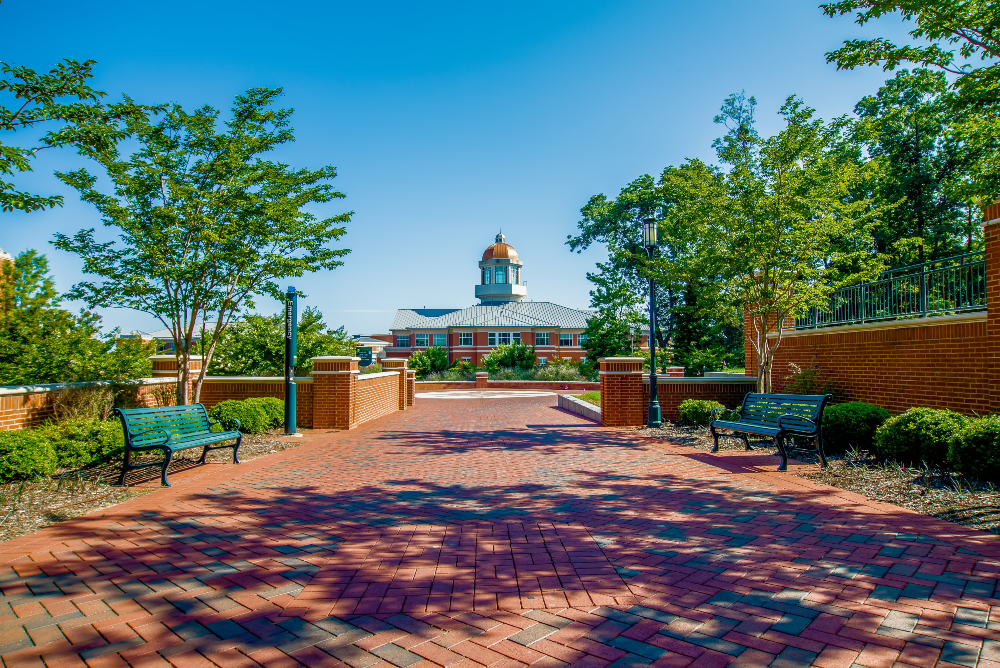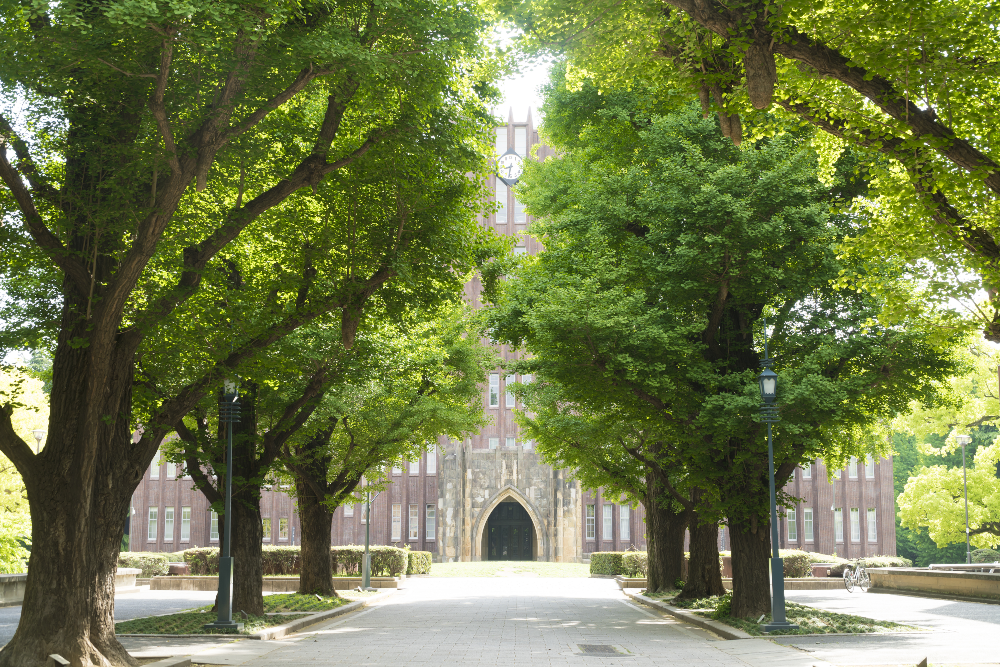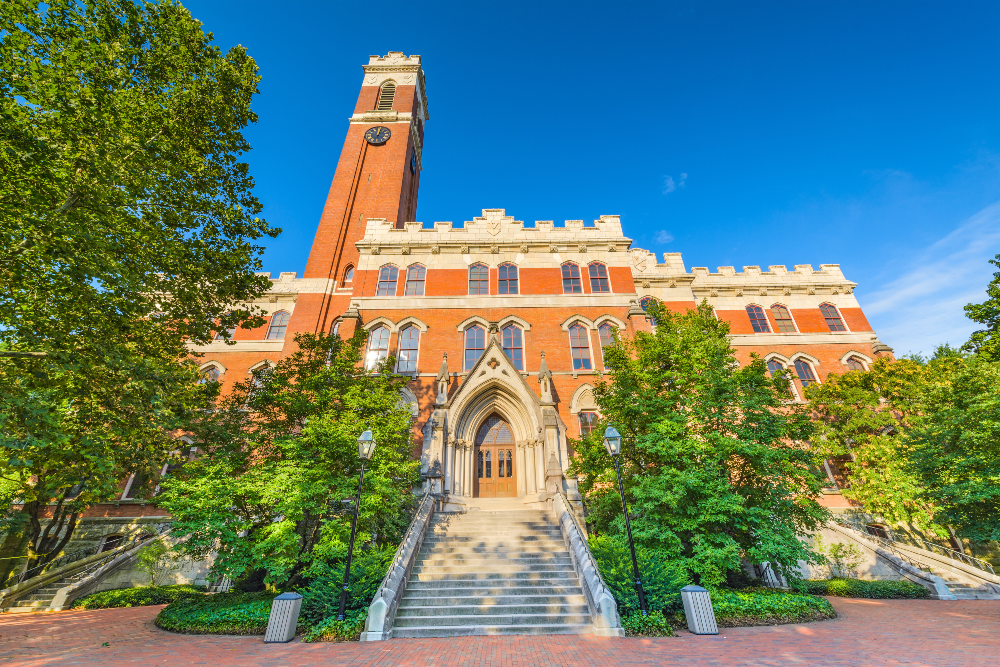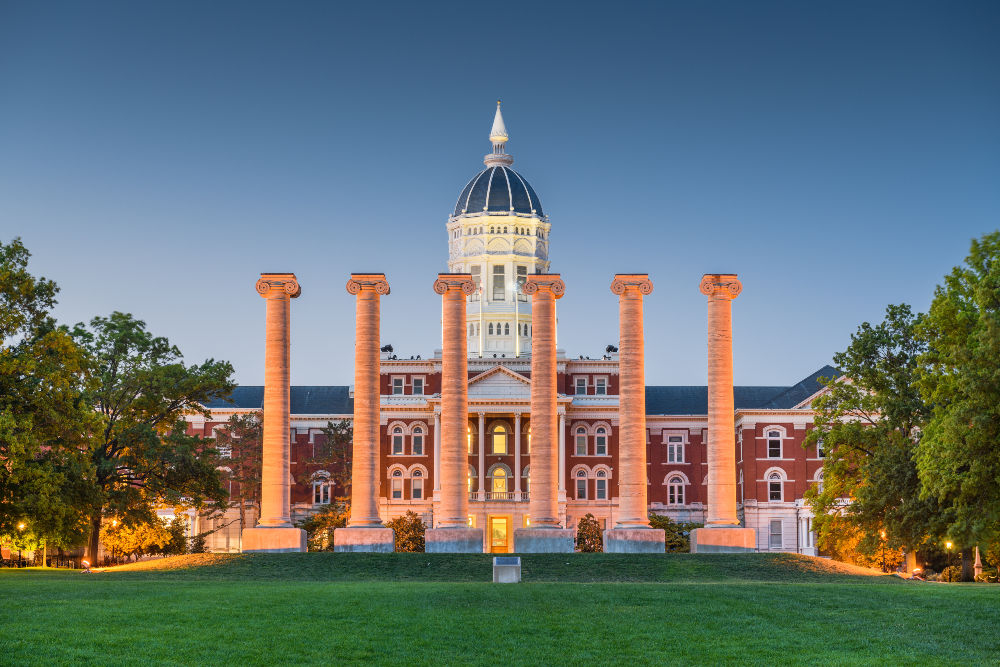4 Ways Smart Landscape Design Can Improve Campus Safety
Campus security is a topic of concern for most prospective students— and it should be. While cameras and emergency assistance posts can do wonders, there’s also a number of ways you can use your university or college landscaping to improve your overall security.

There are plenty of ways to design safe surroundings when reconstructing your campus, including following the principles of Crime Prevention Through Environmental Design (CPTED). But these updates can be costly and time-consuming. Fortunately, there are ways to improve your security without needing to make large structural changes.
Here are four ways to use landscape design to improve your campus safety (and to make your property neat and appealing too):
1. Plant Shrubs & Bushes
Bushes and shrubs are any campus’ friend. For starters, these hedges act as great perimeter lines, perfect for planting against buildings or sidewalks. Not only do they look sharp against structures or paths, but they are also quite functional.
Strips of small shrubs or flowers help to direct foot traffic, and to define clear walking paths. While larger bushes are not always ideal for an open area (where clear line-of-sight vision and escape routes can be more beneficial), low shrubs work nicely for edging pathways.

Or, use them as a buffer to separate spaces, like between a sidewalk and a parking lot— because 20% percent of all vehicular accidents occur in parking lots, according to the Institute for Highway Safety.
Shrubs and bush-like plants work well for deterring suspicious activity around buildings or barriers too. For instance, if a burglar sees thorny bushes underneath a university window or a prickly rose plant along your fence, they might see their escape routes as too risky and decide against breaking in. For fences especially, shrubbery makes it more difficult for climbers to get a proper foothold.
Should you wish to plant trees in a row, ensure the trunk is as tall as a person— at least 5 feet— and that foliage doesn’t block your view. This makes it easy to see or weave between or under the trees if needed.
2. Frame Your Entrance/Exits
Make all campus entrances and exits obvious by neatly framing them; clear archways act as grand cues of escape routes. Whether it’s using two large trees or creating a vined lattice, consider ways you can distinguish these important places.

The same goes for accenting building entrances and exits. Some areas on campus might be clearly defined based on the architecture of the building, but bright seasonal or flowers or clear paths to the door can help enhance security.
3. Add Lighting
Remember the old proverb “out of sight, out of mind?” CPTED’s “Natural Surveillance” rule assumes that if a trespasser or thief isn’t visible, they will be more inclined to break the law, thinking the crime will go unnoticed or that they can get away before caught.
Natural surveillance involves designing features that increase visibility so that others in the surrounding area can easily see when trouble is brewing and take preventative action.
This could involve building design where windows overlook sidewalks or designing streets in which bike and pedestrian paths are so close, anyone can call for help. Unfortunately, these are not things you can control— but lighting is!
Proper lighting of outdoor areas can help illuminate mischief in the dark or help provide victims viable and covert escape routes. Along a walking path, add bright lighting every few feet to illuminate your student’s and staff’s surroundings at all times.

4. Keep Vegetation Manicured
You’d be surprised by how a simple hedge or tree trimming can improve visibility on campus. The University of Nebraska-Lincoln made substantial safety improvements by manicuring some overgrown bushes around just one building entrance, exposing the door.
Overgrowth can obscure vision and create spaces for vandals or thieves to hide. Eliminate dark spots and keep your campus looking sharp by keeping up on landscape maintenance.
Creating a Safer Campus
Your university or college’s landscaping should be more than just a beautiful sight; it should also enhance the safety of your students and faculty.
When planting and designing, are you considering more than the aesthetics alone?
Our team at Caramanico can help to make suggestions for improving your campus security. We also offer the continual maintenance you need to prevent crime and foster a safer campus.
Request your commercial property assessment, today.
